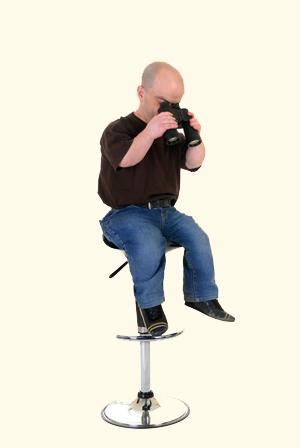Welcome to Hormones Hospital
Dwarfism and Gignatism

What Is Dwarfism?
Dwarfism is a condition that causes people to be unusually short. Many types of dwarfism are caused by an underlying genetic problem. Gene * mutations (changes) that cause dwarfism can be spontaneous (not carried by the parents), and most people with dwarfism are born to average-sized parents. In some cases, however, dwarfism is inherited.
There are over 100 causes of short stature, many of which fall into the following categories:
Mutations (changes) in certain genes cause skeletal disorders in which the bones, especially the arms and leg bones, do not develop properly. Achondroplasia, The average adult height of people with achondroplasia is 4 feet tall.
Metabolic and hormonal disorders can cause proportional short stature, a condition in which people are small but all of their body parts are proportional to each other. Malnutrition, kidney disease, or diseases in which the body cannot absorb food properly can cause this type of short stature. More commonly, it occurs when the pituitary gland, a hormone-secreting gland attached to the brain, does not secrete enough growth hormone.
Disorders of certain chromosomes also can cause short stature. For example, the average height of adult women with Turner syndrome, a genetic condition caused by a missing or partially missing X chromosome, falls between 4 feet 6 inches and 4 feet 8 inches without treatment. Down Syndrome, a condition that occurs when a person has three copies of chromosome 21, also results in arms and legs that are shorter than usual.
* genes are chemicals in the body that help determine a person's characteristics, such as hair or eye color. They are inherited from a person's parents and are contained in the chromosomes found in the cells of the body.
What Are the Signs of Dwarfism?
Unusually short stature and very short legs and arms are the most visible signs of dwarfism. Some people also are affected by other problems, which may include:
Late development of motor skills
Increased susceptibility to middle ear infections
Pressure on the brain and spinal cord, resulting in nerve and breathing problems
Hydrocephalus (hy-dro-SEF-a-lus), excess fluid in the brain
Crowding of teeth in the jaw
Weight problems
Curvature of the spine and bowed legs
Fatigue, numbness in the back and thighs, back pain
Problems with joints



